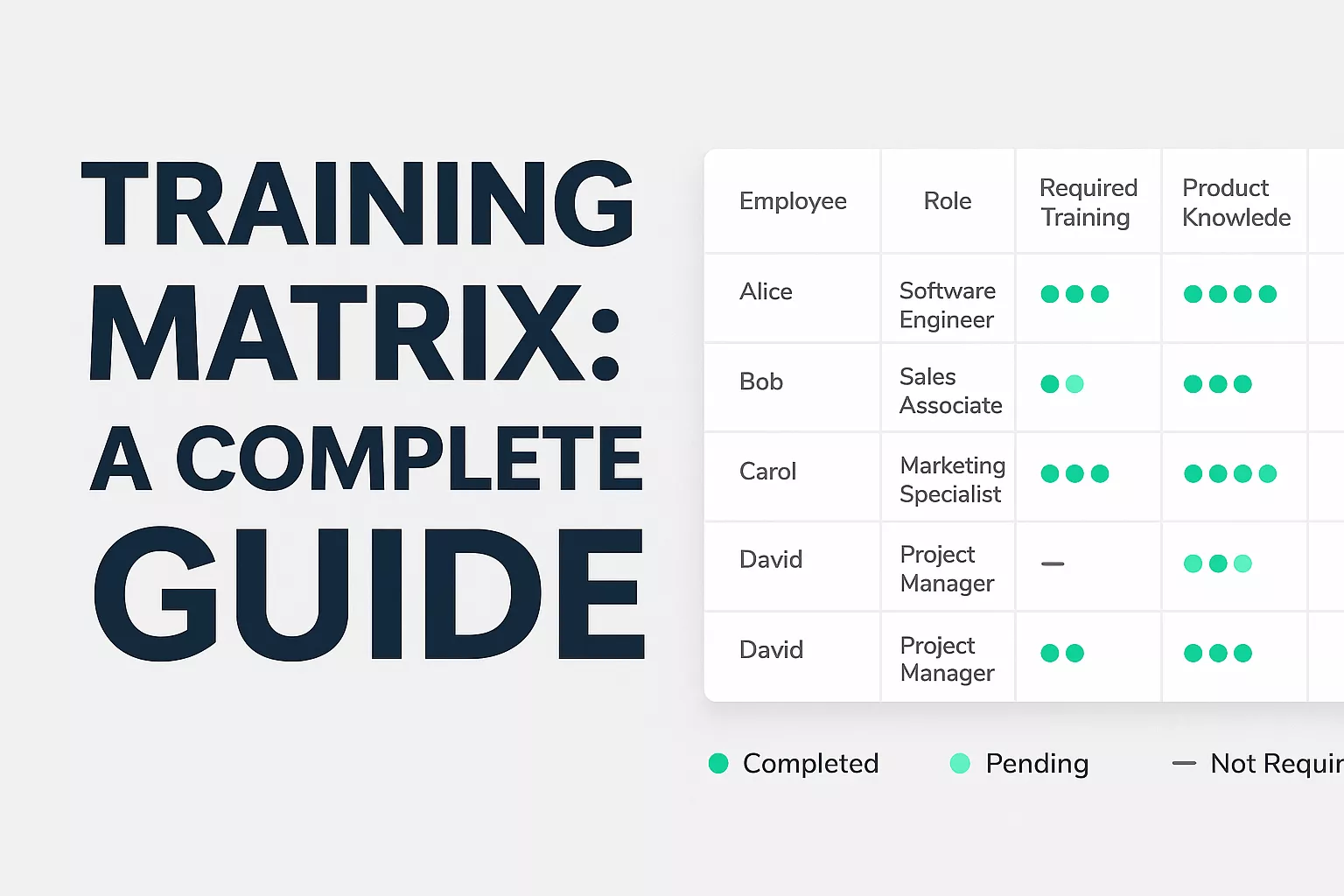by Venchito Tampon | Last Updated on December 7, 2024
Problem-solving and decision-making are crucial skills in both personal and organizational contexts. For individuals, they enable objective choices, while in organizations, especially as one advances through the ranks, they become essential to navigate increasingly complex situations.
Someone who knows how to solve problems efficiently has higher chances of getting promoted in the corporate world, as it demands more than just technical skills. PSDM is actually a thinking skill.
Effective problem-solving and decision-making (PSDM) also requires the right attitude toward challenges. If your initial reaction to problems is avoidance, the PSDM approach will likely feel ineffective. A proactive approach to challenges is essential to maximize your PSDM capabilities.
This guide will take you through the SAPADAPPA framework, a structured approach designed to help tackle problems methodically. SAPADAPPA, coined by problem-solving and management experts, stands for Situation Analysis, Problem Analysis, Decision Analysis, and Potential Problem Analysis.
Each phase offers a step-by-step breakdown of activities designed to simplify complex decision-making and problem-solving situations. Let’s explore each stage in detail.
Contents
ToggleWhat is SAPADAPPA Problem Solving Framework?
The SAPADAPPA framework is based on the Kepner-Tregoe Method, a systematic approach developed by Charles Kepner and Benjamin Tregoe in the 1960s. These researchers identified a need for structured problem-solving and decision-making processes to improve critical thinking in business contexts.
Their methodology introduced a sequential, analytical process to assess situations, identify problems, make decisions, and analyze potential risks—a foundation that SAPADAPPA builds upon.
While the SAPADAPPA acronym is unique, the principles it encompasses reflect the foundational ideas of Kepner-Tregoe, adapted to emphasize clarity, objectivity, and structured decision-making.
This adaptation has made it widely applicable across various industries, helping individuals and organizations manage complex problems with a strategic, disciplined approach.
 Step 1: Situation Analysis (SA)
Step 1: Situation Analysis (SA)
Objective: Gain a comprehensive understanding of the current situation and clarify the primary concerns.
When beginning any problem-solving process, it’s crucial to assess the situation from all angles.
Begin by listing down all concerns or issues, both large and small, that are currently causing unease. This step doesn’t involve analyzing or solving these issues; rather, it focuses on recognizing everything that’s potentially problematic. Here are some ways to make the most of this step:
Conduct a Brain Dump: Write down everything that’s causing friction, worry, or potential risk. At this point, refrain from categorizing or prioritizing—simply get all the concerns onto paper.
Don’t Limit Yourself. Input as many items that has been bugging and bothering you. The upside of this activity is it allow your brain to dump all its items and put them in the proper place — paper.
Define the Scope: Determine what’s within your control to address and what may need higher-level intervention. This scope-setting helps allocate your focus where it will be most effective.
Key Tips
- Encourage open discussion among team members if working in a group. Diverse perspectives often highlight areas that may otherwise be overlooked.
- Use visual aids, like mind maps or lists, to organize concerns and facilitate clearer thinking.
- You can invite external experts and consultants to help you guide and put all items you need for a specific situation. The more complex the working environment is, the more inputs you need to better identify issues and concerns.
Step 2: Problem Analysis (PA)
Objective: Understand the root causes of identified problems.
Problem analysis is where you dig deeper into the specific issues identified in your situation analysis. This phase involves methods that help uncover why problems exist and how they impact the broader situation. Effective tools include:
- 5 Whys: Continuously asking “Why?” to each answer obtained helps drill down into the root cause of a problem. This method is especially useful for isolating singular issues. The best of 5 Whys is determining causes that are controllable, which means something that are within your scope and reach. For instance, don’t include traffic jam as one of the reasons of personal unproductivity.
- 7 Ms Framework: This approach categorizes causes under Man, Machine, Method, Material, Measurement, Mother Nature, and Management, allowing a structured examination of contributing factors. It is especially useful in organizational settings where multiple variables are at play. Some simply use 5 Ms of Management, whichever works for you.
- Fishbone Diagram (Ishikawa): This visual tool helps identify potential root causes by branching out possible factors under specific categories. It’s beneficial for complex issues where many factors might be contributing to the problem.
Key Tips
- Ensure objective problem analysis. Avoid jumping to conclusions or prematurely focusing on solutions.
- Include relevant stakeholders in the process to capture a holistic view of the problem.
- Gather as many data for a specific root cause. Don’t assume. Be more objective in your problem analysis approach.
- Create a problem statement. For instance, a clear problem statement would be: “As of today, 3 of Rainmakers’ loyal repeat clients have 60-day past due payables amounting to a total of Php 225,000.”
Step 3: Decision Analysis (DA)
Objective: Establish criteria and make well-informed choices.
After thoroughly analyzing the problem, it’s time to make decisions that align with both the organizational goals and the immediate needs of the situation. Decision analysis is guided by a structured approach to weighing options based on established criteria. Here’s how to proceed:
Establish Decision Criteria: Define what’s non-negotiable (must-haves) and what’s flexible or negotiables (nice-to-haves) in the decision-making process. This clarity will help you prioritize your options effectively.
Generate Possible Solutions: Brainstorm all potential solutions without dismissing any immediately. Each option may contain viable elements, even if not selected in its entirety.
Assess Each Option Against Criteria: Use your must-haves as a baseline to filter out solutions that don’t meet core needs. Once filtered, weigh each solution according to the nice-to-haves, allowing a comparative ranking based on value.
Use ECTEA criteria to evaluate solutions to problems. ECTEA stands for Effectiveness, Cost, Time, Effort, and Acceptability. Here’s a quick explanation of these five criteria:
- Effectiveness – Does the solution truly eliminate or reduce the problem?
- Cost – Will the solution require too much money? Is it within the or over budget?
- Time – Will the solution take only a short amount of time to complete?
- Effort – Will the solution be easy to implement? Do we need to learn a new skill to get this done?
- Acceptability – Will the solution earn the respect and cooperation of clients/stakeholders that you want to please?
Select the Best-Fit Solution: The option that meets all the must-haves and maximizes the nice-to-haves becomes the ideal choice. While considering the option that meets the highest rating for all ECTEA criteria.
Key Tips
- Include only relevant people to the decision making body.
- Involve key stakeholders in decision-making to gain buy-in and ensure comprehensive perspective.
- Utilize decision matrices or scoring systems to quantify how well each option meets your criteria.
Step 4: Potential Problem Analysis (PPA)
Objective: Anticipate and mitigate any problems that may arise from your chosen decision.
Once you’ve made a decision, it’s crucial to think ahead and prepare for any challenges or risks it might bring. The Potential Problem Analysis phase focuses on proactive troubleshooting to minimize negative outcomes before they occur.
- Identify Potential Problems: Consider the possible consequences or issues that might arise from your decision. Aim to identify even low-probability but high-impact risks.
- Assess the Likelihood and Impact: Rank each potential problem by how likely it is to happen and the severity of its impact on your goals. This helps prioritize which risks need the most attention.
- Develop Contingency Plans: For high-priority risks, prepare a plan that outlines steps to take if the problem does occur. Having a contingency strategy can reduce disruption and facilitate quick responses.
- Implement Preventive Actions: Where possible, take proactive measures to minimize risk exposure. This could mean adjusting aspects of the chosen solution or preparing resources in advance to address potential issues.
Key Tips
- Involve team members in risk assessment for collective brainstorming on mitigation strategies.
- Consider using tools like Failure Mode and Effects Analysis (FMEA) to systematically evaluate risks and controls.
Applying the SAPADAPPA Framework Effectively
SAPADAPPA provides a structured yet flexible approach to problem-solving and decision-making. Here are some general guidelines to keep in mind when applying this framework:
- Stay Objective: Throughout each phase, focus on maintaining an objective and analytical perspective. Personal biases or assumptions can obscure the root cause of problems and lead to suboptimal decisions.
- Collaborate: Problem-solving in an organizational context often benefits from collaboration. Different perspectives can provide invaluable insights that help uncover hidden aspects of problems and improve decision-making quality.
- Document: Keep a record of each stage of the process, including criteria for decisions, analysis of each option, and identified risks. Documentation is useful for transparency and for revisiting decisions if issues arise later.
- Review and Reflect: After implementing your decision, reflect on the outcomes and the effectiveness of the PSDM process. Continuous improvement is integral to refining your problem-solving and decision-making skills over time.
By following this SAPADAPPA guide, you’ll find that even complex problems and decisions become manageable through clear, systematic steps. Mastery of PSDM equips you to make more informed, objective, and impactful decisions both in personal and professional settings.
The Author
Venchito Tampon
Venchito Tampon is a Filipino motivational speaker, Business Consultant, Founder and Lead Corporate Trainer of Rainmakers Training Consultancy. He trained and spoken in over 250+ conventions, seminars, and workshops across the Philippines and internationally including Singapore, Slovakia, and Australia. He has worked with top corporations including SM Hypermarket, Shell, and National Bookstore.
He also founded SharpRocket, a digital marketing company, Blend N Sips, eCommerce for coffee supplies, and Hills & Valleys Cafe, a local cafe with available franchising.
He is a certified member of The Philippine Society for Talent Development (PSTD), the premier organization for Talent Development practitioners in the country.
An active Go Negosyo Mentor (of Mentor Me program) and a business strategist and consultant.
You may also like
Training Matrix: A Complete Guide
Training mix is a structured framework that helps HR and Learning and…
Learning and Development Plan: A Complete Guide
Learning and Development Plan (L&D plan) is a structured flow and framework…



